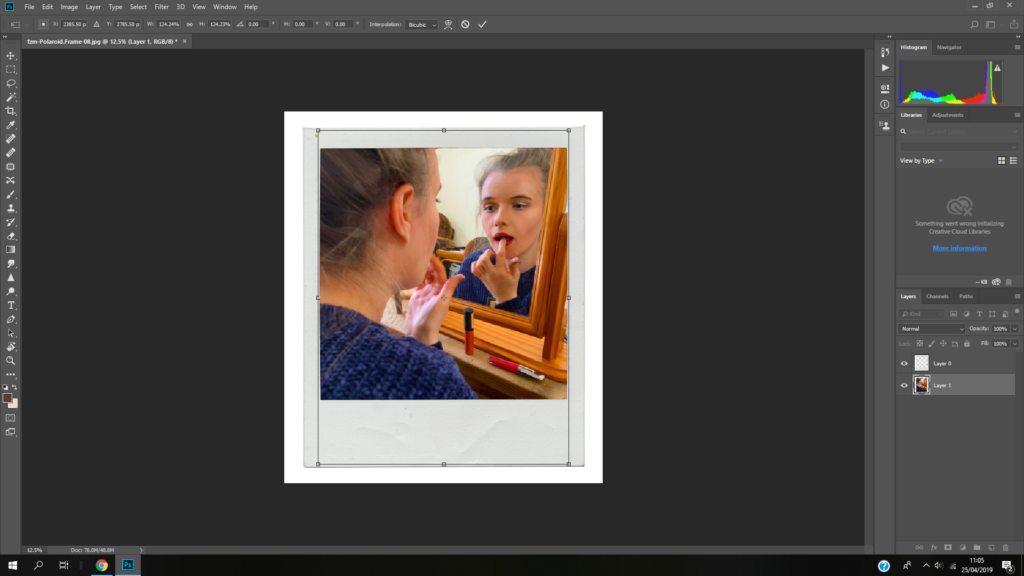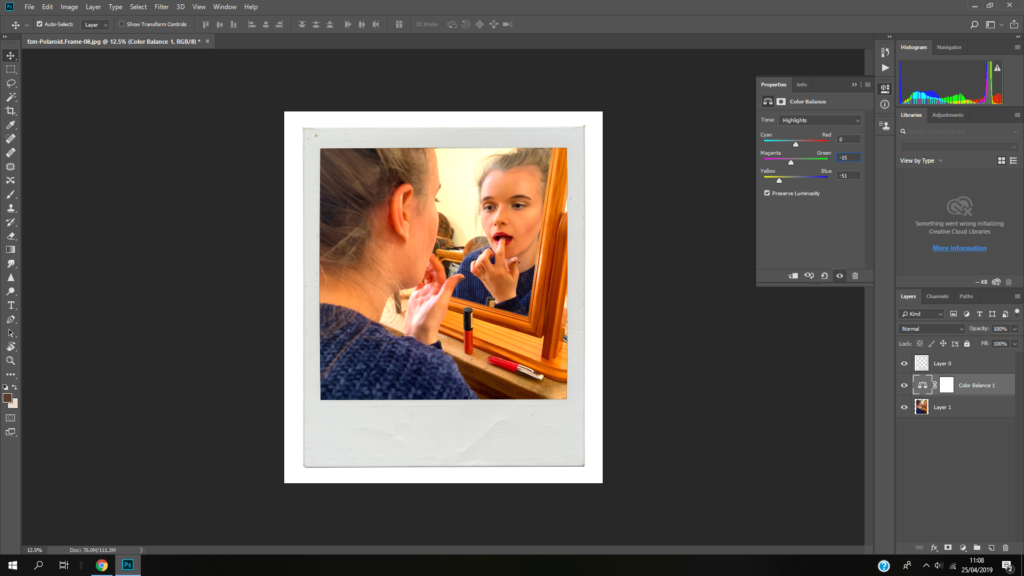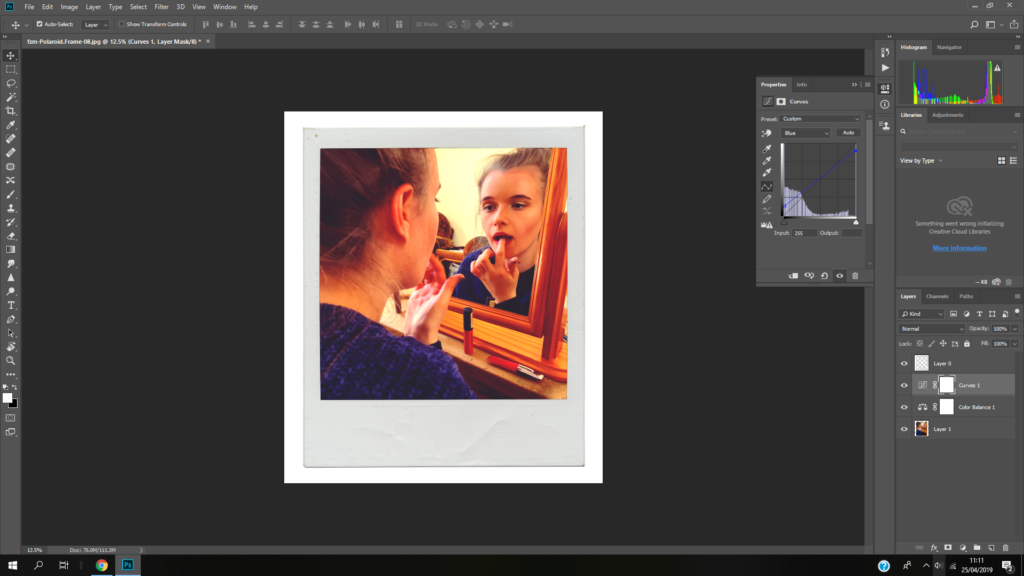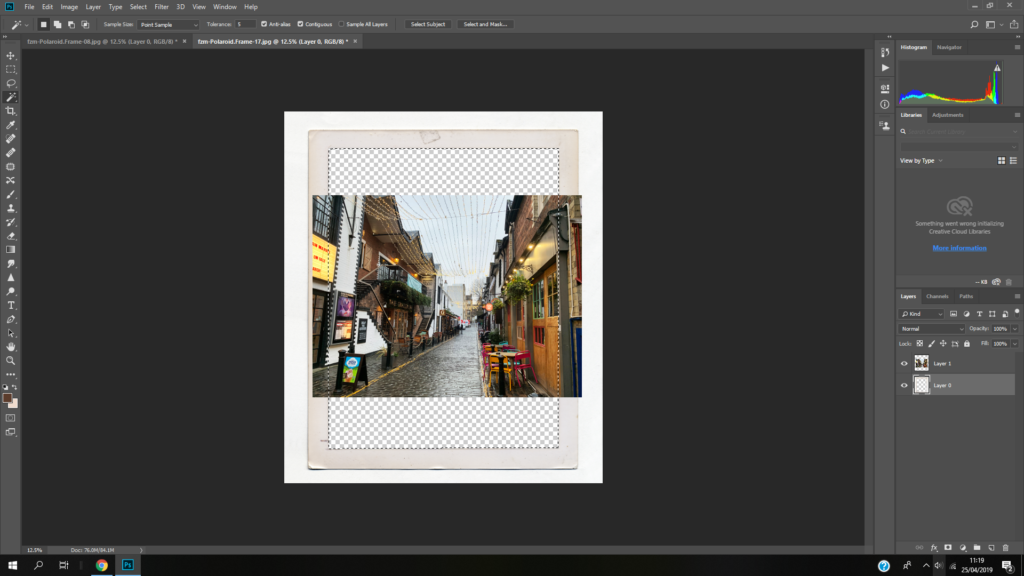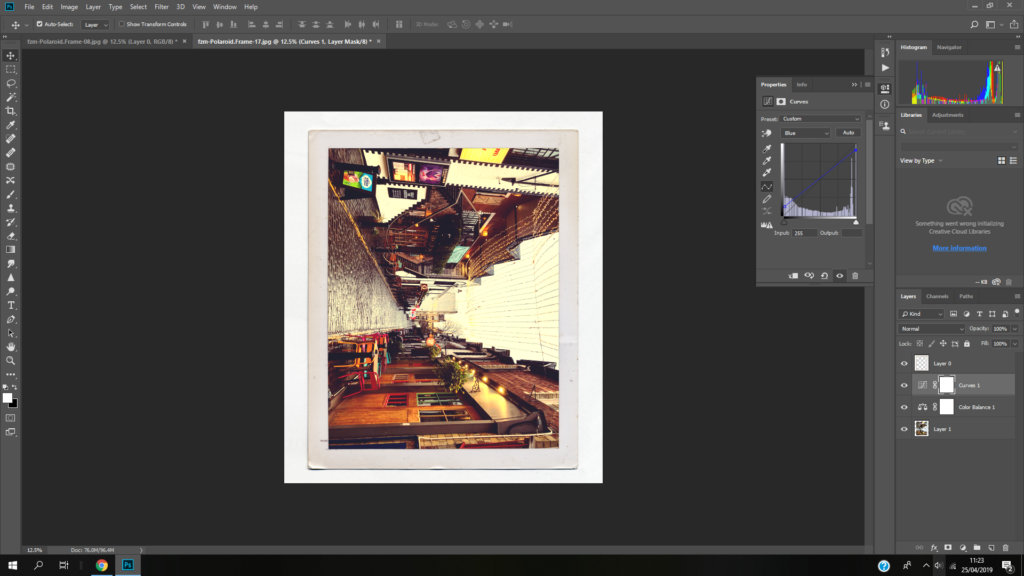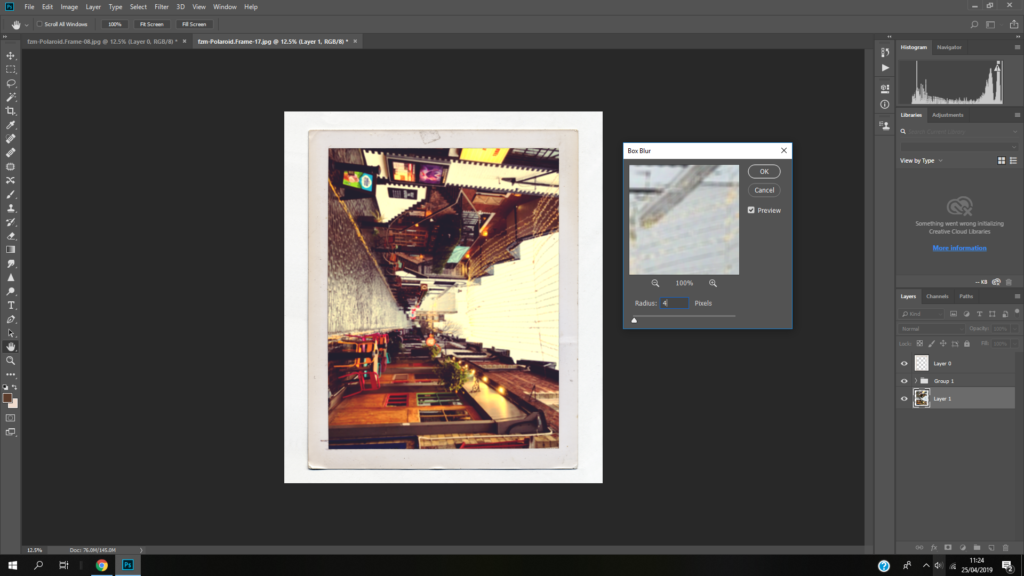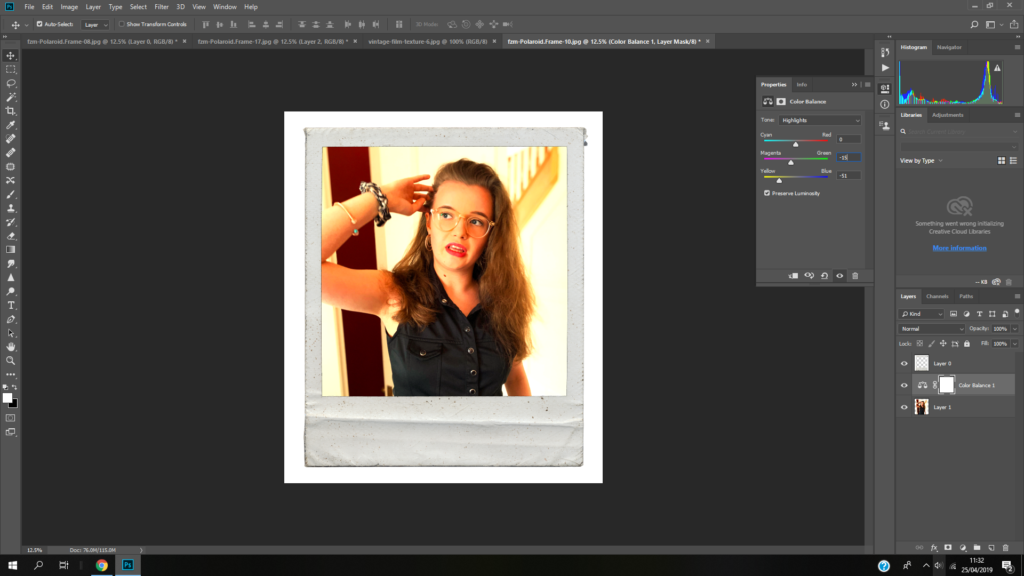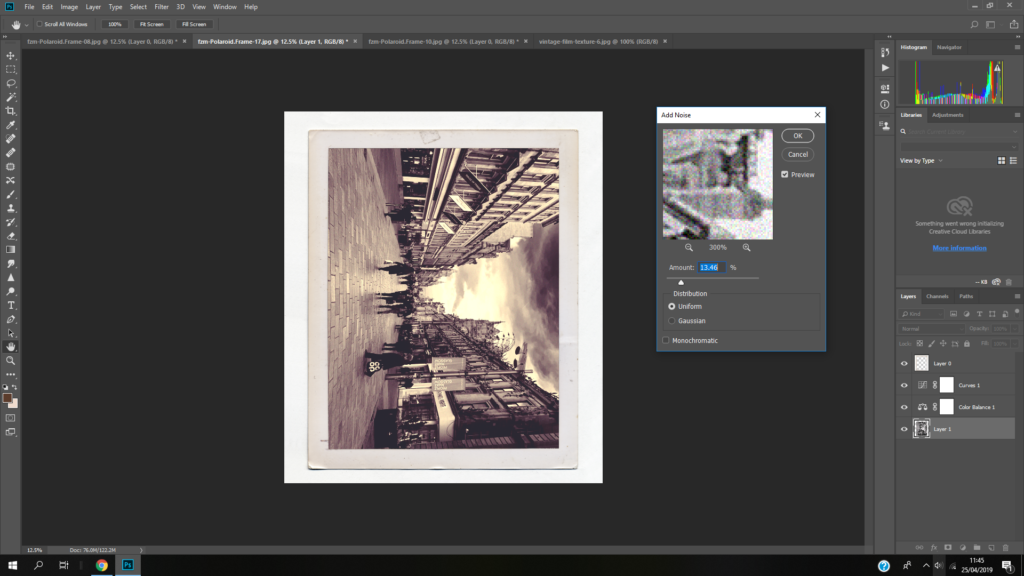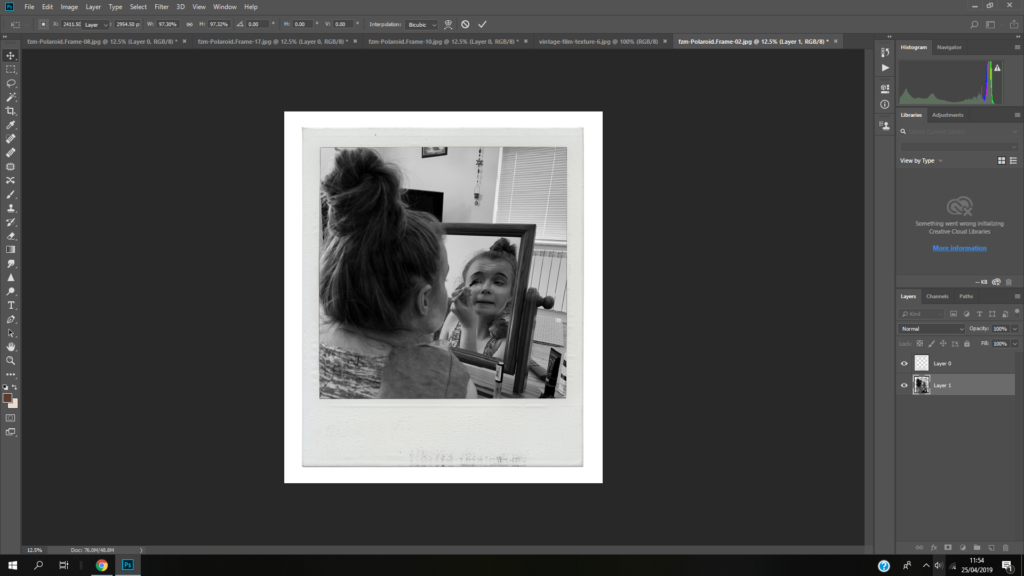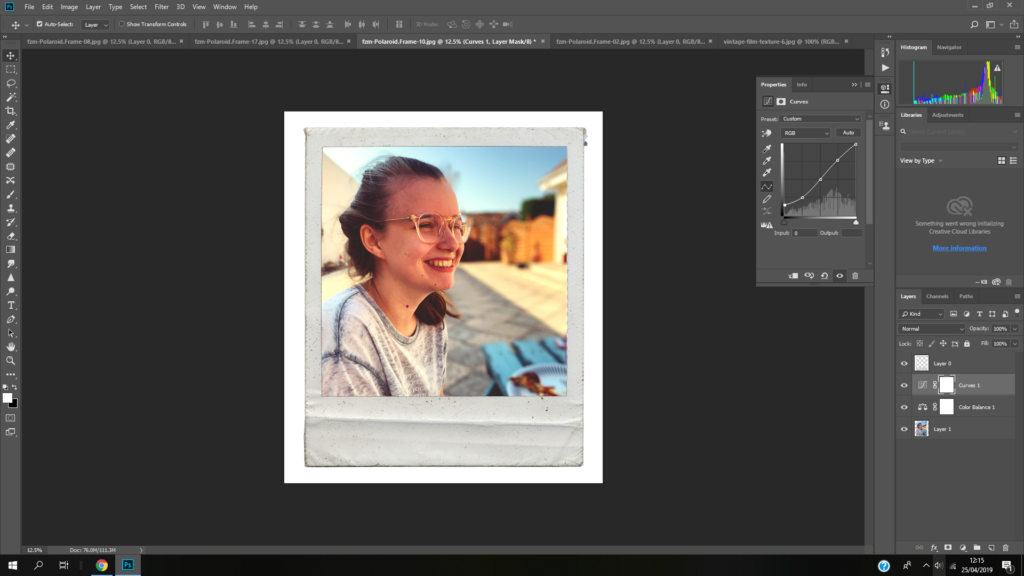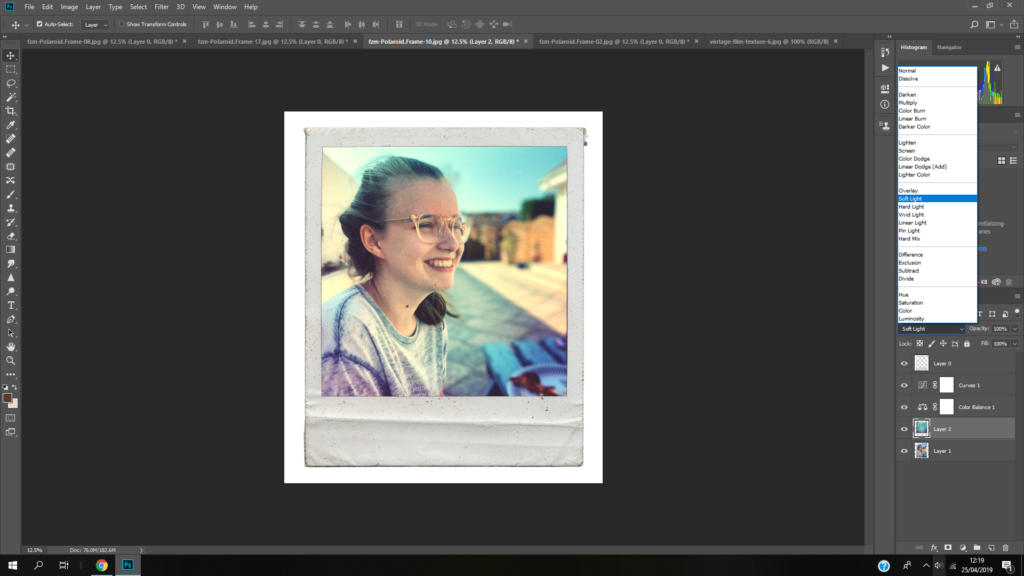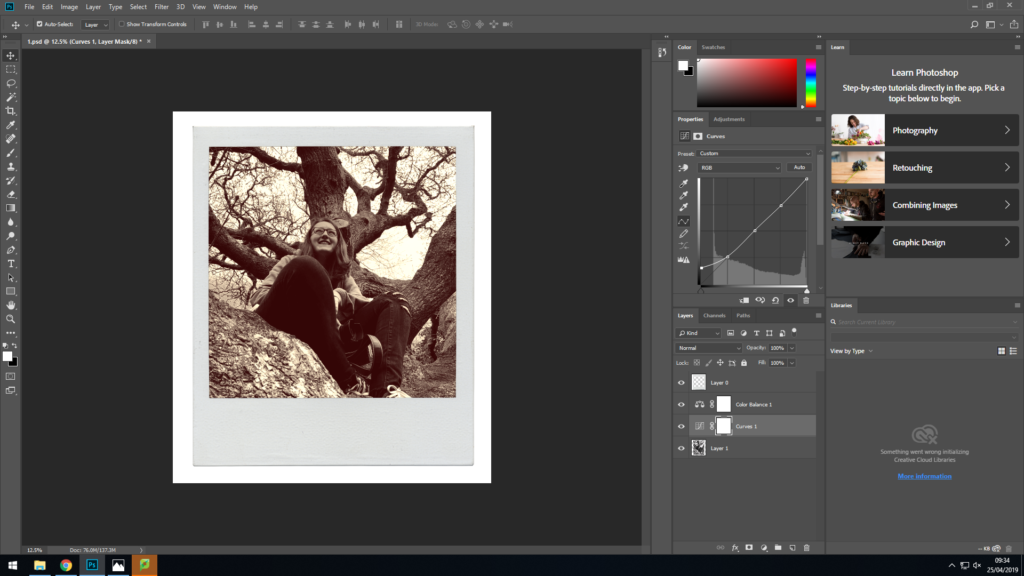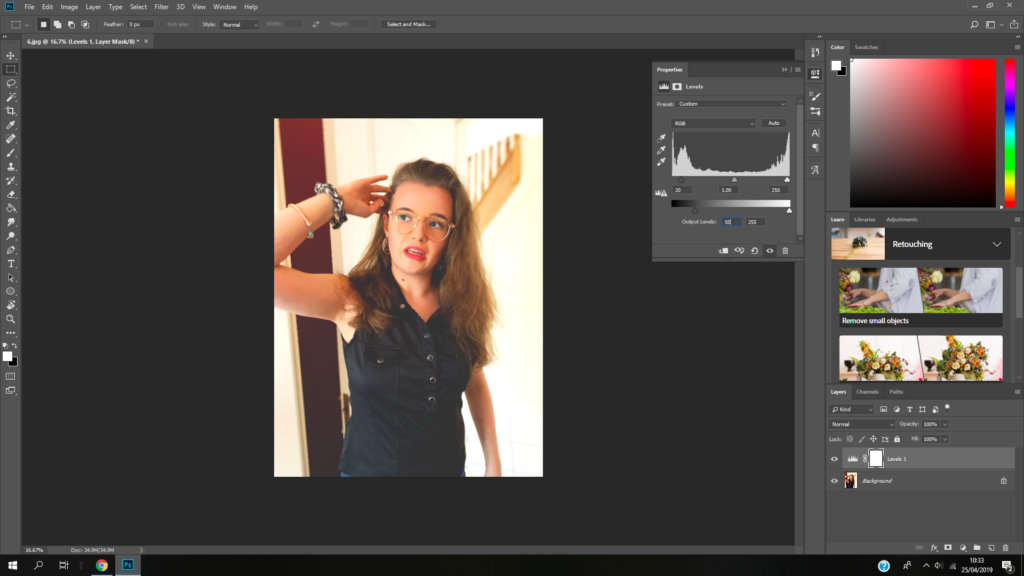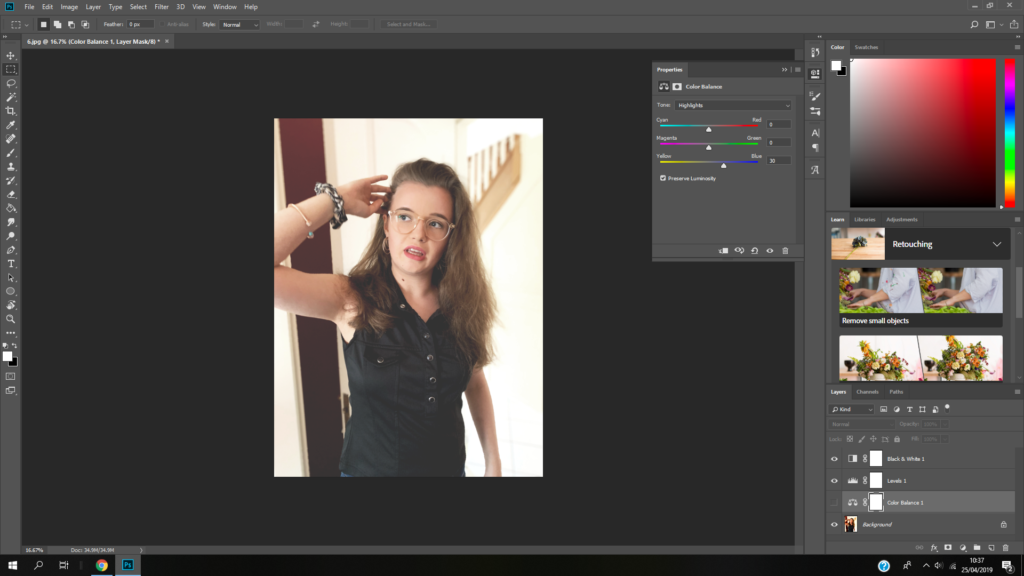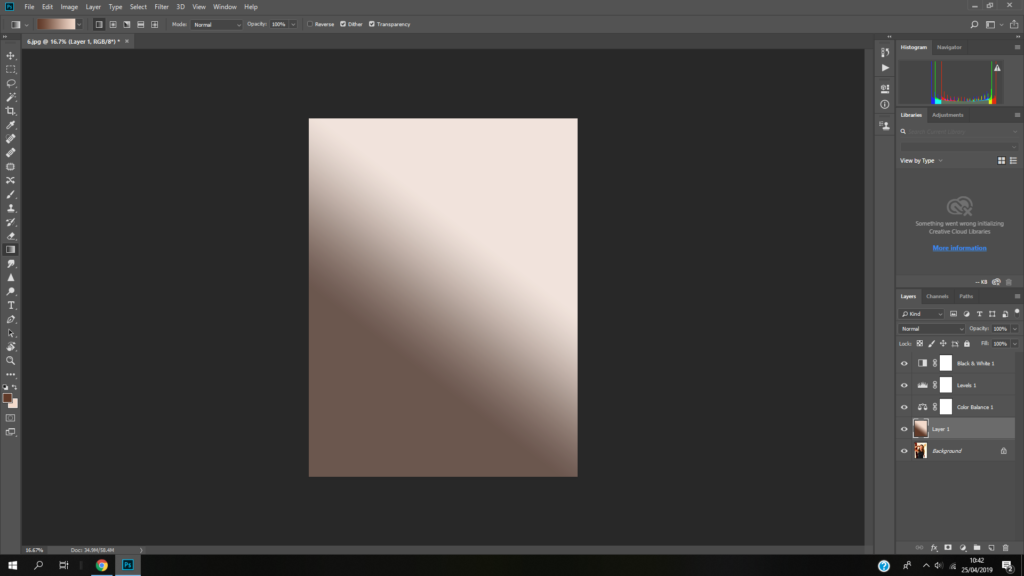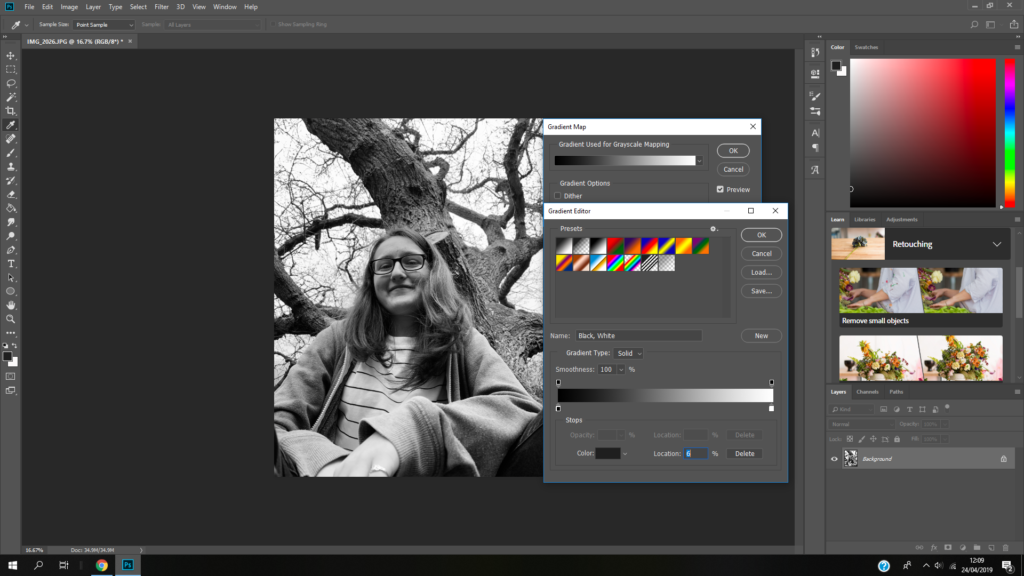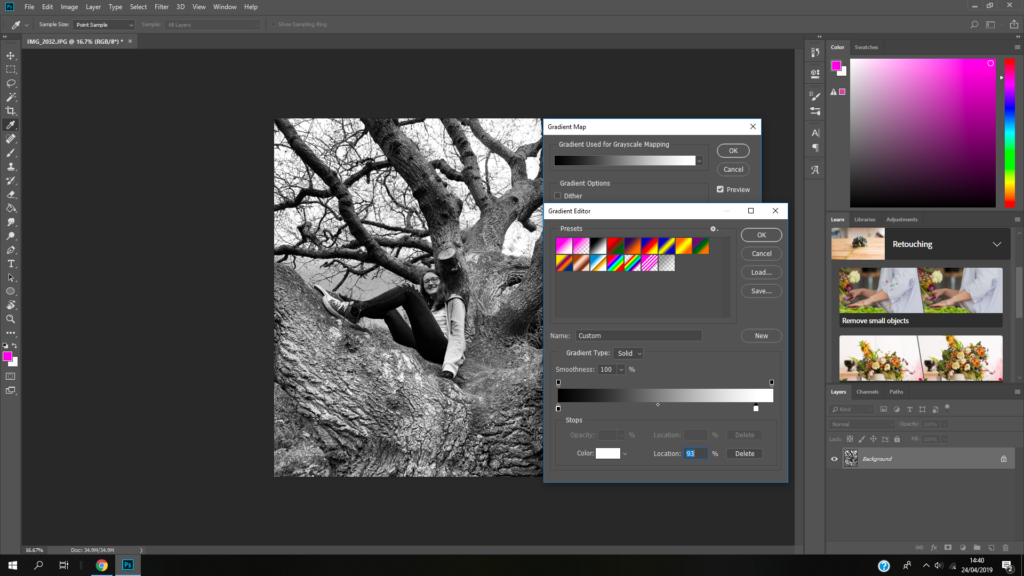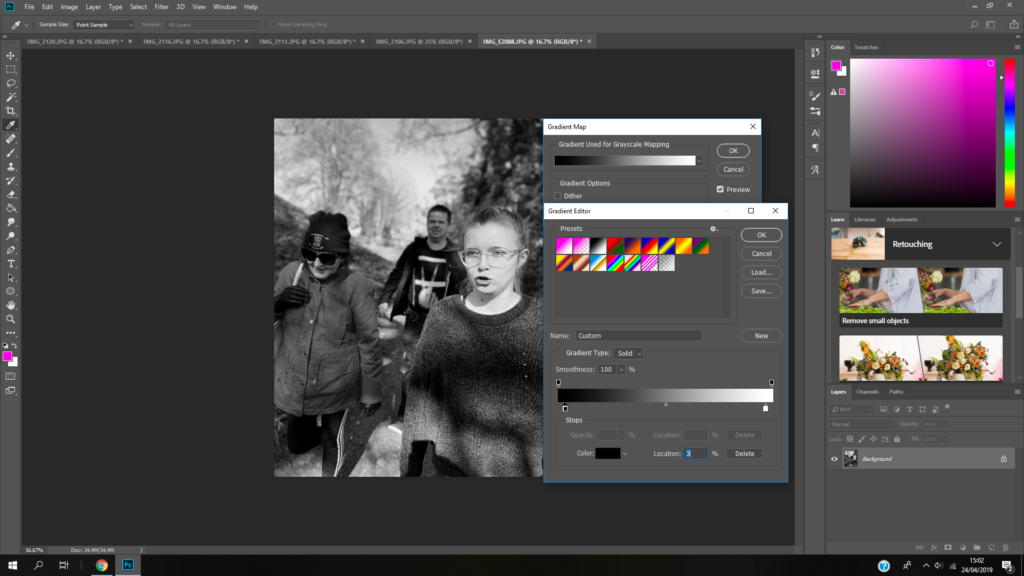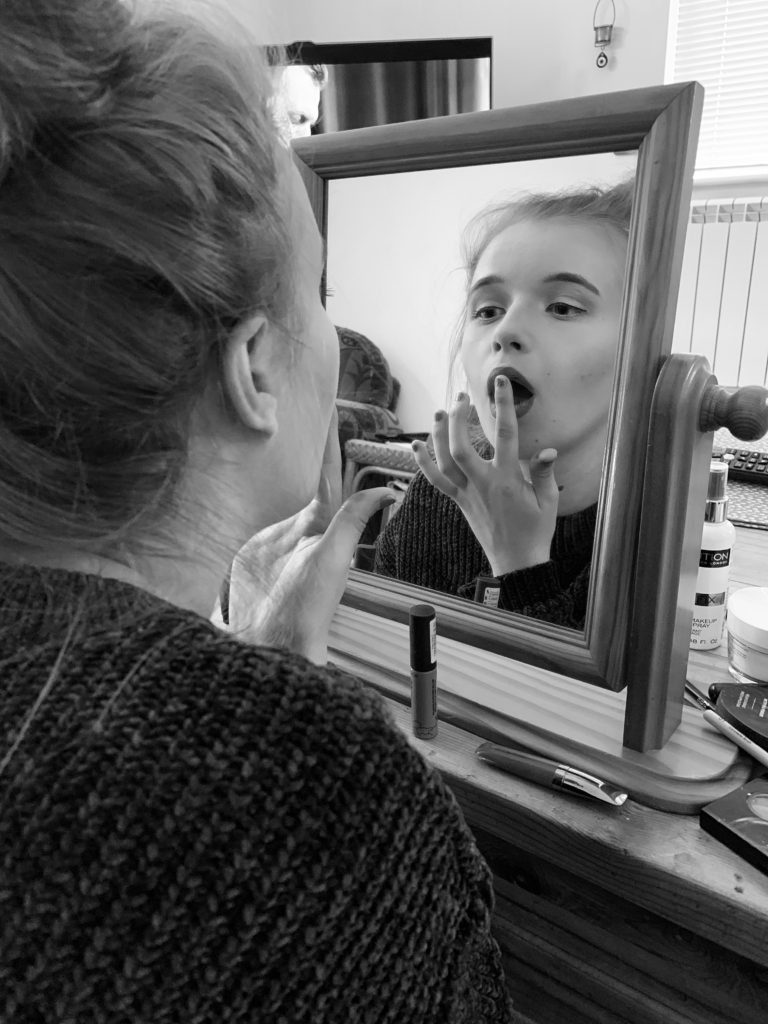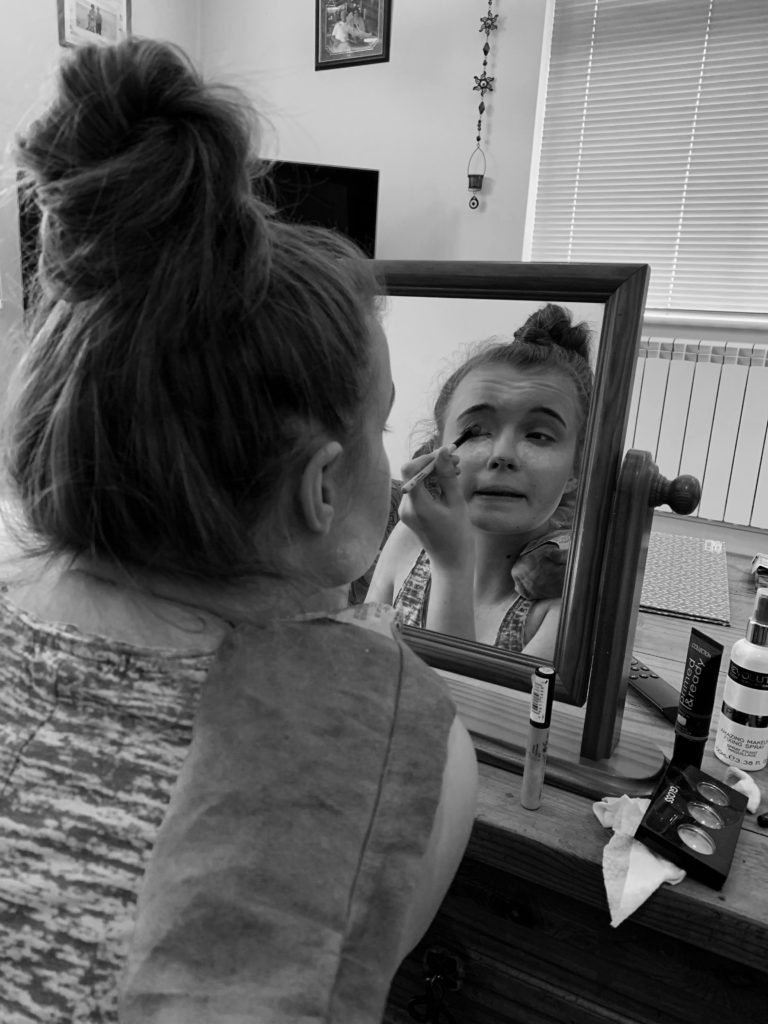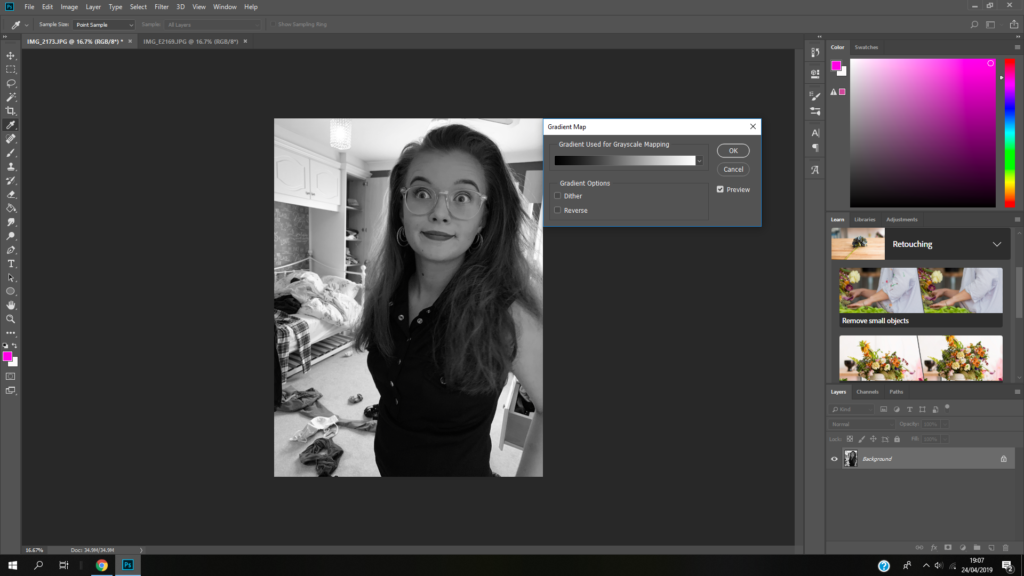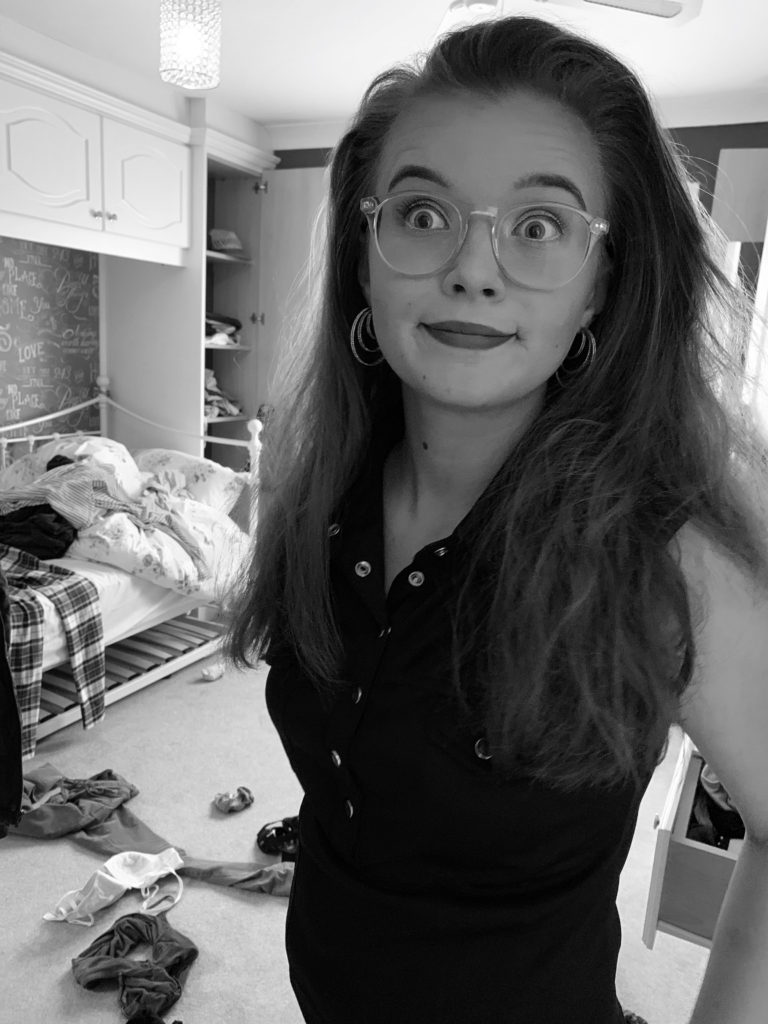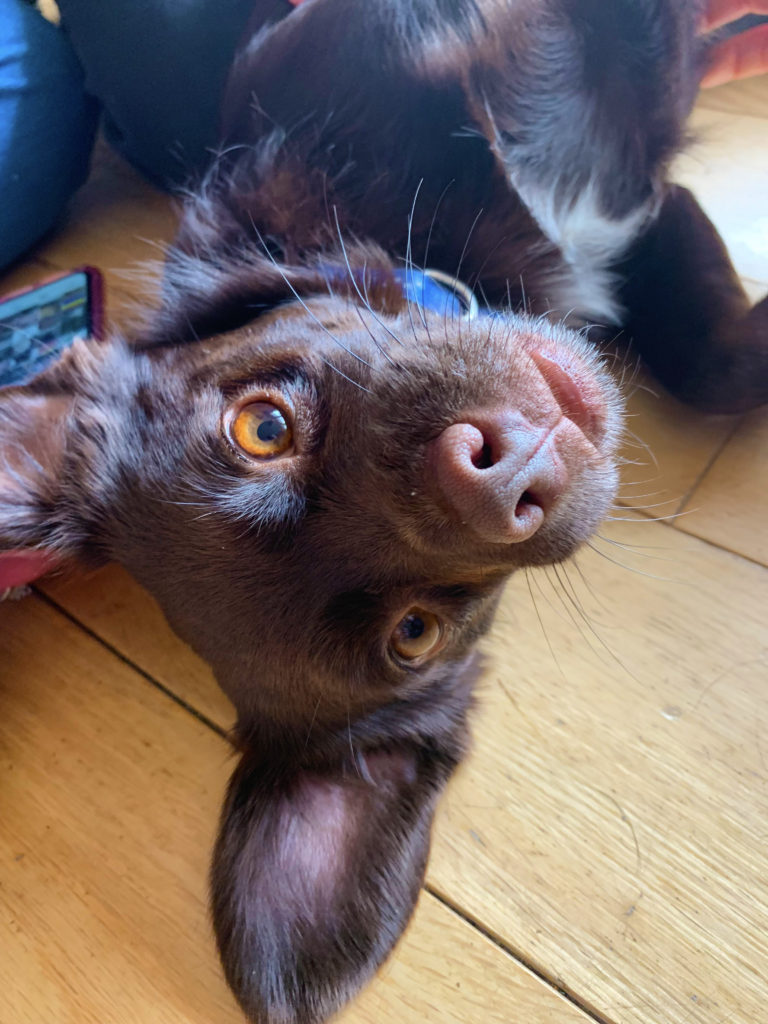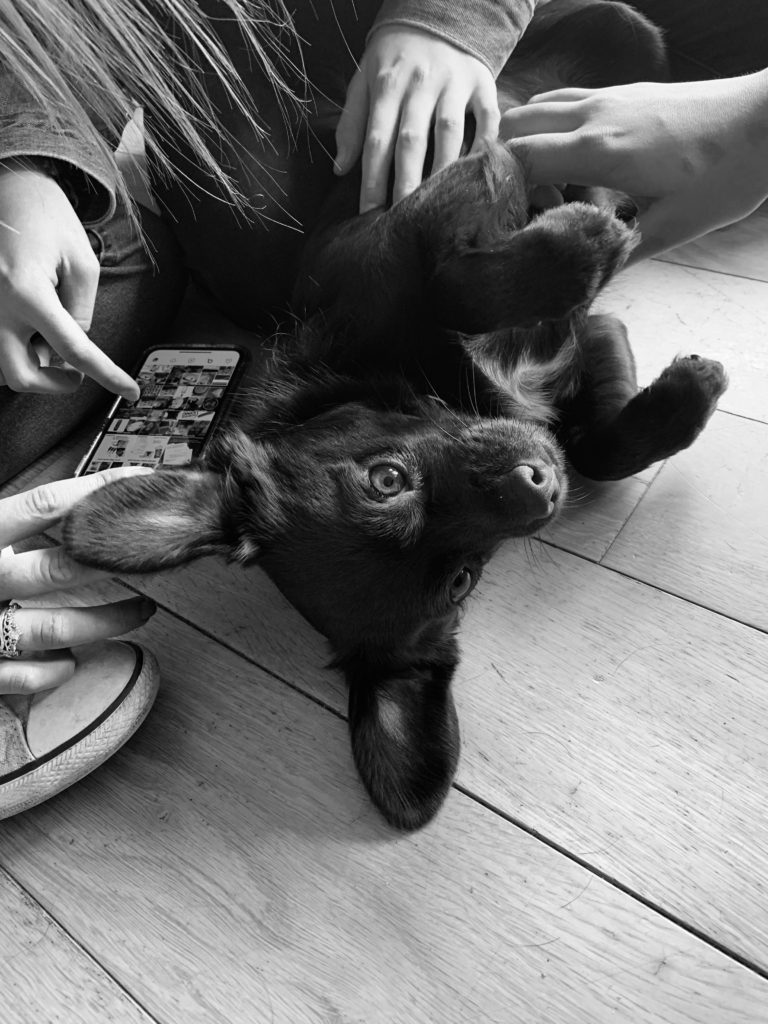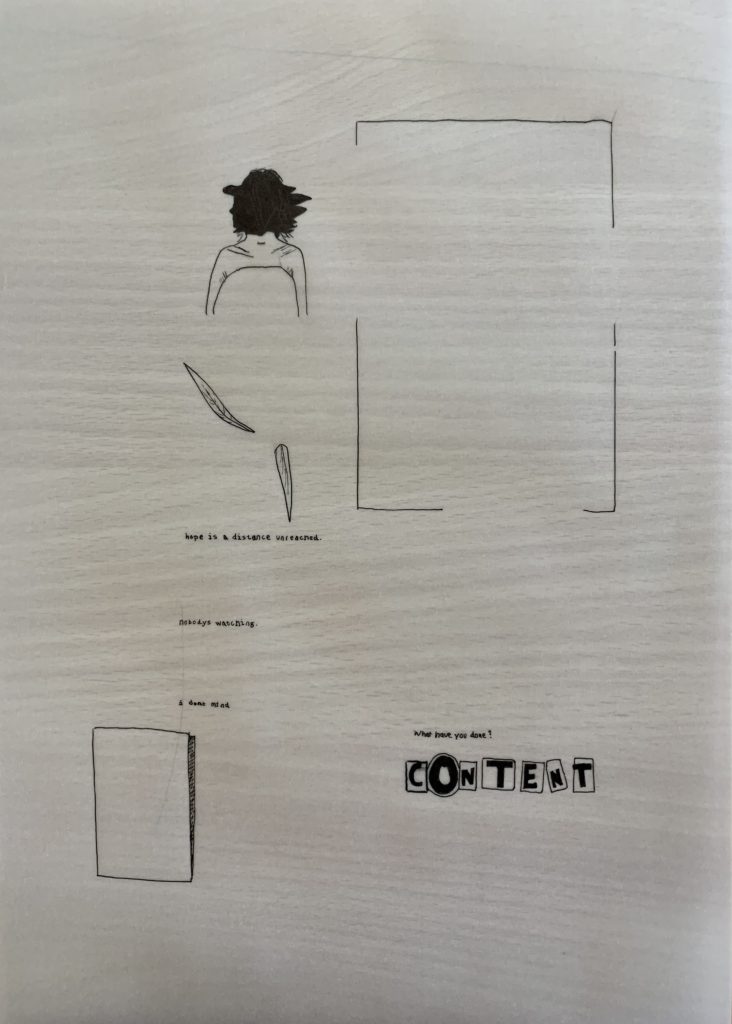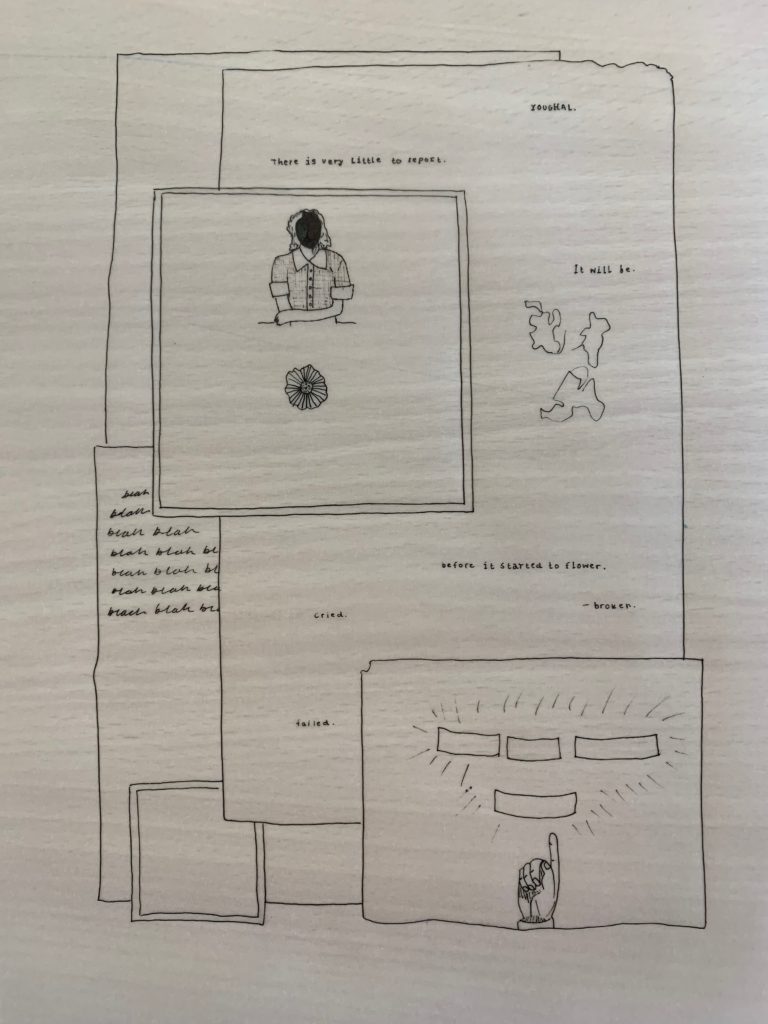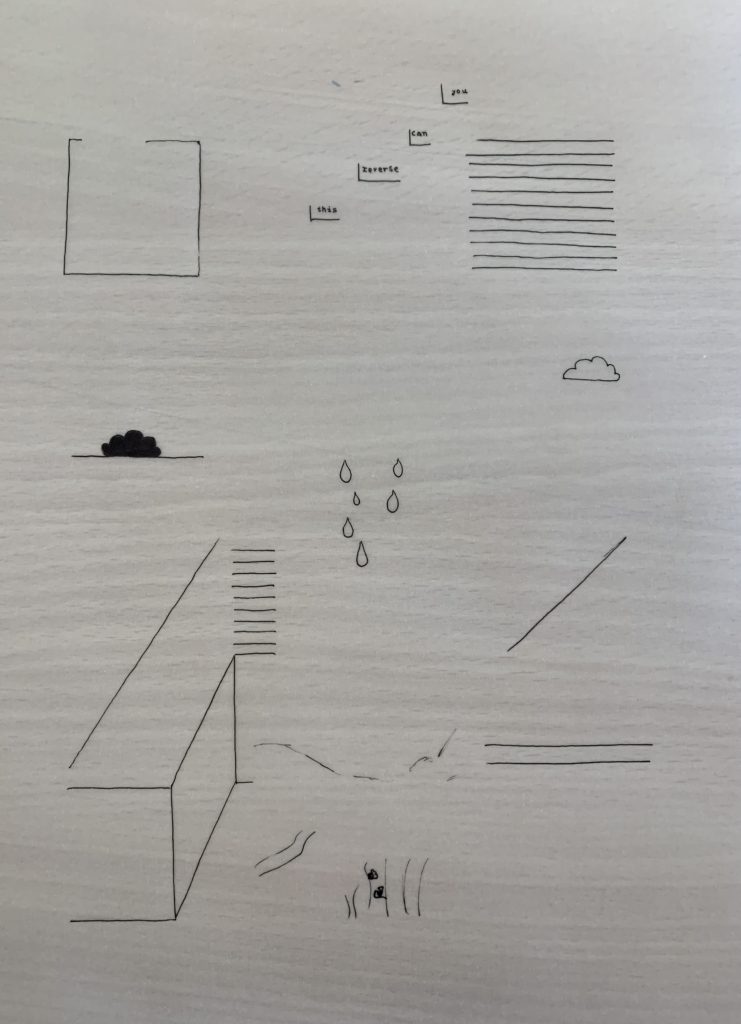After finally finishing my first project on The Boyle Family, i wanted to look further in another artist that i could be more influenced and inspired by when producing my final pieces. The next step was finding this new artist, after looking around at previous artists and recommendations I came across a man called Stephen Gill. This is who i have decided to look further into and try base a lot of my work of. Now that i had selected my final artist that i wanted to concentrate on the next step was creating an action plan in order to create the most beneficial final piece and course work.
Things to consider:
- Who is Stephen Gill and how will he influence my work?
- Where will I take these images?- does the time of day matter, the weather?
- Who or what will i be photographing and why I have I chosen this subject to focus on?
- How many photo shoot will I need to have in order to create an efficient about of images- will the photo shoots be at the same place/same ting/same time or day/or different?
- How will I carry this out, what is the most beneficial tactic?
- When taking all the previous in to consideration how does this all relate to Stephen Gill?
After considering all factor when going in to this project it was now time to answer them. By doing this process it will enable me to stay focused and concentrate on what i need to do in order to crate the best final pieces
- Firstly, I need to investigate Stephen Gill and what all his work is about and how i can use this to influence and inspire me when producing my own images.
WHO IS STEPHEN GILL-
Stephen Gill is a British photographer, who main inspiration comes from his immediate surroundings of inner city life in East London and more recently Sweden with an attempt to make work that reflects, responds and describes the times we live in.
His work is often made up of long-term photo studies exploring and responding to the subjects in great depth.
After working mainly in black and white from 1984, his practice since the mid 1990s was mostly in color. Stephen Gil is also know for his bazaar technique when creating an image. For example, some of Gills technique to get particular effects on the image were, by using a magnifying glass to concentrate the sunlight onto some of the negatives in order to etch markings directly onto the image or sometimes Gill would even dip his negatives into the sea.
- After looking into my selected photographer, I now had a brief idea of what path i wanted to take when producing my own images. The next was the where. where would I take these Photos
THE WHERE-
Wen looking into Stephen Gills work a large selection of his images were simply just landscape in which he had then con onto manipulate to create the final product. Finding landscape appropriate in Jersey was no a challenge it was the time of day that I needed to consider as well as-the weather.
After careful consideration for my first photo shoot i decided to head to St Ouens as sunset and see what I could find that deemed appropriate, and for my second photo shoot i wanted to completely contrast this idea so i headed into some local lanes just after sunset and where the lighting was much darker and required flash
- Finally the how and what. what was i going to photograph and how was i going to approach it.
HOW AND WHAT-
I had now selected my artist, where I was going to take my photos
and how many photo shoot I was going to have the next was what I am going to
photograph. As previously mentioned Stephen Gill was a very intricate artist
and often used landscape photos and then over laying other images on leaves and
plants. So I decide to consider the following when going out on my photo shoots:
Landscapes, including the sea and sea walls, plants and trees that I deemed appropriate
when thinking of Stephen Gills work or anything else that catches my eye.
Finally the camera, I took out my canon camera with a 18mm-135mm lens,
this provides a wide range and will give me better focus control.











